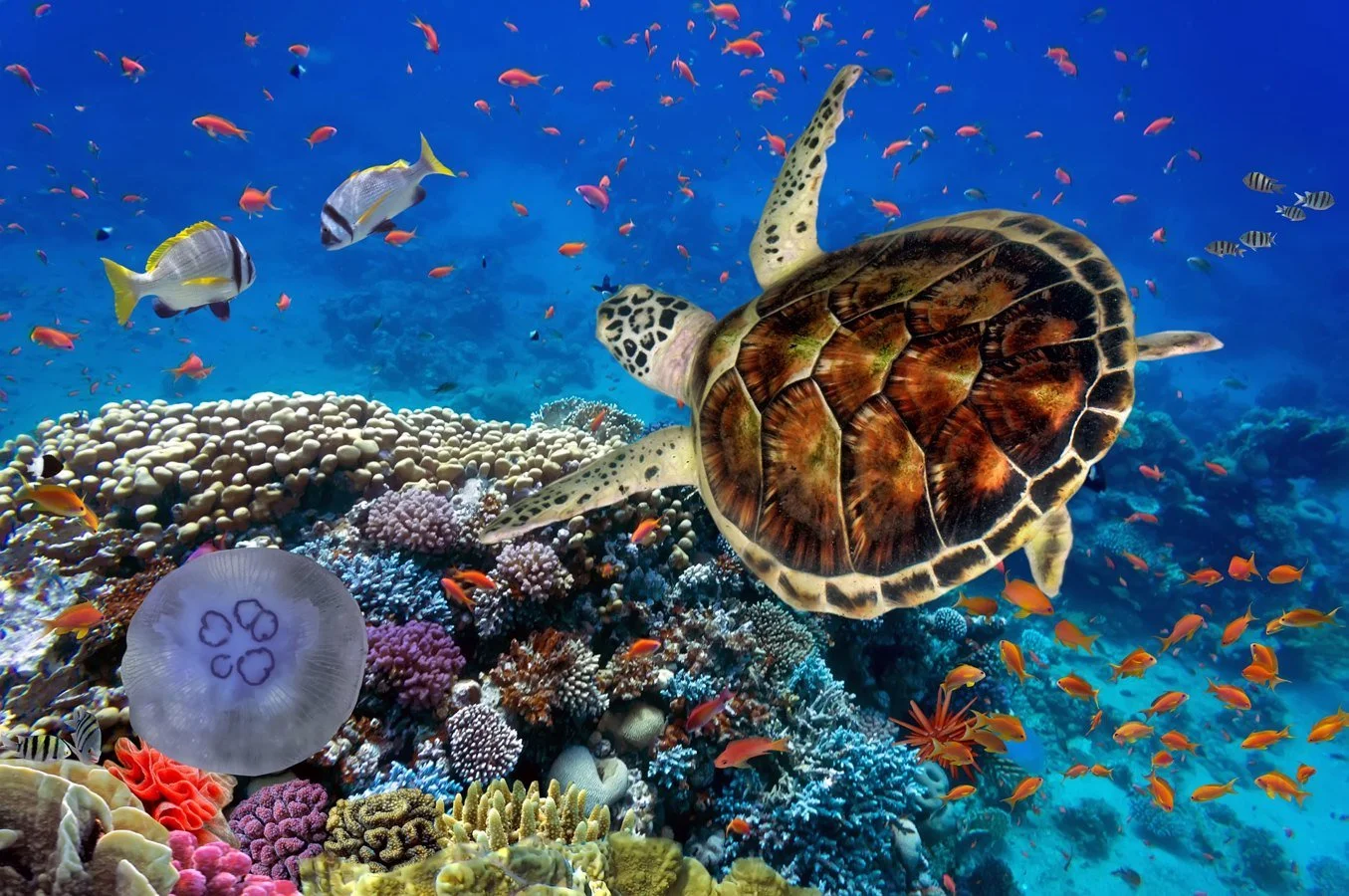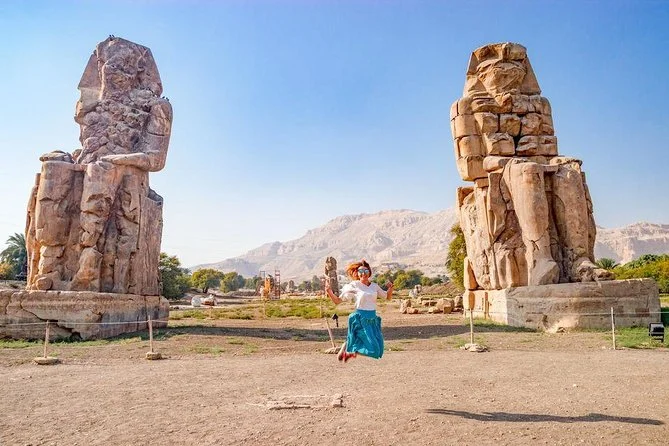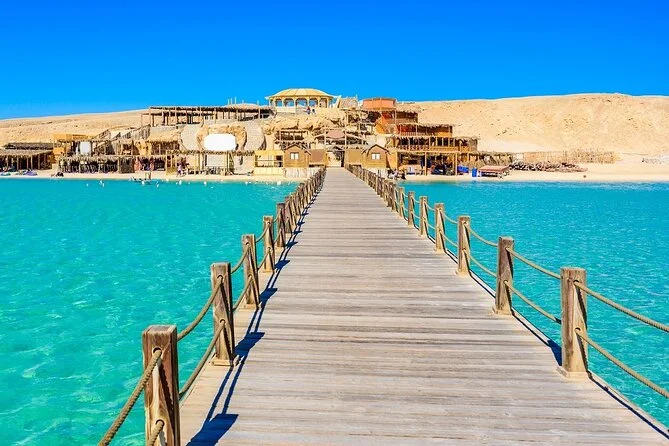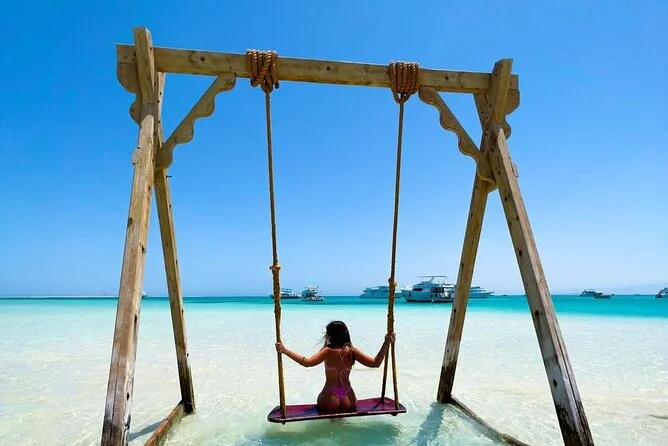Marsa Alam Diving 2026: Egypt’s Wild Red Sea South
Quick Summary (TL;DR): Marsa Alam offers Egypt’s most untamed Red Sea diving—shore-access reefs, turtles and occasional dugongs, and big walls like Elphinstone—with quieter beaches and improving 2026 logistics.
At first light, the sea off Marsa Alam is slate-blue and glassy. Breakfast clinks on the marina give way to the thud of dive tanks as skippers nudge bows toward offshore reefs. By 8 AM, zodiacs slide over coral shelves where green turtles graze and anthias flicker in steady drifts. During our March 2025 visit, calm mornings and 23–24°C water set the tone for long, unhurried dives before the afternoon wind picked up.
Why go now? As of 2026, operators report more consistent mooring use, fewer ad-hoc anchors, and tighter ranger checks in protected bays—small but meaningful wins for fragile shallow corals. Flight schedules into RMF have stabilized after pandemic-era swings, and liveaboard itineraries across Elphinstone and the Fury Shoals run with fewer weather cancellations in shoulder seasons, giving travelers better odds on marquee sites.
What Makes Marsa Alam Special in 2026
Marsa Alam is defined by easy access to serious biodiversity. Unlike busier northern resorts, many signature dives start from the beach, letting beginners and photographers linger on healthy seagrass beds and outer patch reefs. Abu Dabbab Bay remains the crowd-pleaser: sandy entries, house-reef bommies, and frequent turtle encounters; local guides also report occasional dugong visits over the grass beds. Advanced divers still come for Elphinstone’s steep walls, schooling fish, and seasonal oceanic traffic, but even day boats to mid-shelf reefs deliver clear visibility and relaxed currents. The overall feel is spacious—long coastal distances, fewer boats per site, and sunsets that turn the shore bronze while the breeze keeps the heat in check.
Top Things to Do in Marsa Alam
- Swim with spinner dolphins at Sataya: Early departures reach the lagoon by mid-morning for respectful, in-water encounters under guide supervision; conditions vary, but the reef’s teal bowl is unforgettable.
- Desert-meets-sea day at Sharm El Luli: Powder-fine shallows, snorkel-friendly coral gardens, and a natural, undeveloped setting make this one of the Red Sea’s most photogenic beaches.
- Coastal safari and reef hop: Combine a morning dive with a late-afternoon drift or sunset snorkel; add a stop in Wadi El Gemal for nomadic culture, birdlife, and raw coastal scenery.
Where to Stay in Marsa Alam (2026 Guide)
Port Ghalib: Best for first-timers and families who want marina convenience and shorter boat rides (10–20 minutes to popular reefs). Resorts range from budget-friendly to luxury; paved promenades are stroller- and wheelchair-friendly. Marsa Alam Town & northward bays: Quiet bases for couples, photographers, and long-stay divers; expect shore-entry house reefs, longer jetties, and dusk snorkeling straight from the beach. South of town toward Wadi El Gemal: Eco-lodges and small camps suit nature-forward travelers; electricity may be limited, but the starry nights and empty beaches pay off. Accessibility note: Shore entries at gentle bays are beginner-friendly; long jetties and ladders can be challenging—request boat lifts or zodiacs if mobility is limited.
Best Time to Visit Marsa Alam
December–February: Daytime 20–24°C; nights 10–15°C. Clear water, light crowds, cooler evenings. March–May: Warming seas (23–26°C) and air (24–32°C); spring often brings steady but manageable winds. June–September: Hot (32–40°C) with strong afternoon breezes; warmest water (27–29°C), best for long snorkeling sessions. October–November: Sweet spot—26–30°C air, 26–28°C water, calmer seas and moderate crowds. Holiday weeks lift rates; midweeks see better value.
Getting There and Around
Marsa Alam International Airport (RMF) sits about 10 minutes from the marina area and 30–45 minutes from popular hotel bays. Direct and charter flights operate seasonally from Europe; Cairo connections run roughly 1.5 hours. Overland, Hurghada is 280–300 km north (3.5–4.5 hours) via the coastal highway. Resorts arrange transfers; taxis and private drivers cost more but save time. Day boats typically depart 7:30–8:00 AM and return by 4–5 PM; expect 30–90 minutes’ cruising depending on the site. For independent exploring, a hire car offers flexibility, but plan fuel stops and avoid night driving due to limited lighting and wandering camels.
Sustainable Travel Tips
Choose operators who brief on buoyancy and use mooring buoys; according to dive instructors, good trim and slow finning do more for reefs than any gadget. Use reef-safe sunscreen and wear a rash guard to cut chemical load. Never touch turtles, dolphins, or seagrass beds; maintain 5–10 meters from dolphins at Sataya, and follow guide signals. Carry a refillable bottle—many boats now provide large dispensers. Dress modestly in town and ask before photographing Bedouin communities. If booking a liveaboard, favor itineraries with efficient routing and capped group sizes.
Frequently Asked Questions
How many days do you need in Marsa Alam?
Plan 4–6 days to balance boat trips and shore diving. That allows a Sataya excursion, two to three reef days, and a land break in the national park. Add extra time if you’re targeting weather-sensitive sites like Elphinstone or the southern Fury Shoals.
Is Marsa Alam good for beginner divers and families?
Yes. Gentle house reefs, sandy entries, and clear visibility suit new divers and snorkelers. Family-friendly marinas shorten boat rides, and many operators offer half-day options. Stronger currents and deep walls exist—choose sites matched to experience, and request shallow profiles or private guides.
What's the best month to visit Marsa Alam?
October is the all-round choice: warm water, manageable winds, and fair prices outside holidays. April–May is a close second with longer daylight and lively reefs. Mid-winter has fewer crowds and excellent visibility but cooler evenings and water.
For divers chasing space, warm water, and an easy rhythm, Marsa Alam rewards patience and early starts. Book small-group boats, keep buoyancy sharp, and let the south work at its own pace—there’s real depth here for 2026 travelers who slow down. To add desert-and-sea contrast, fold in a day exploring Wadi El Gemal National Park.



